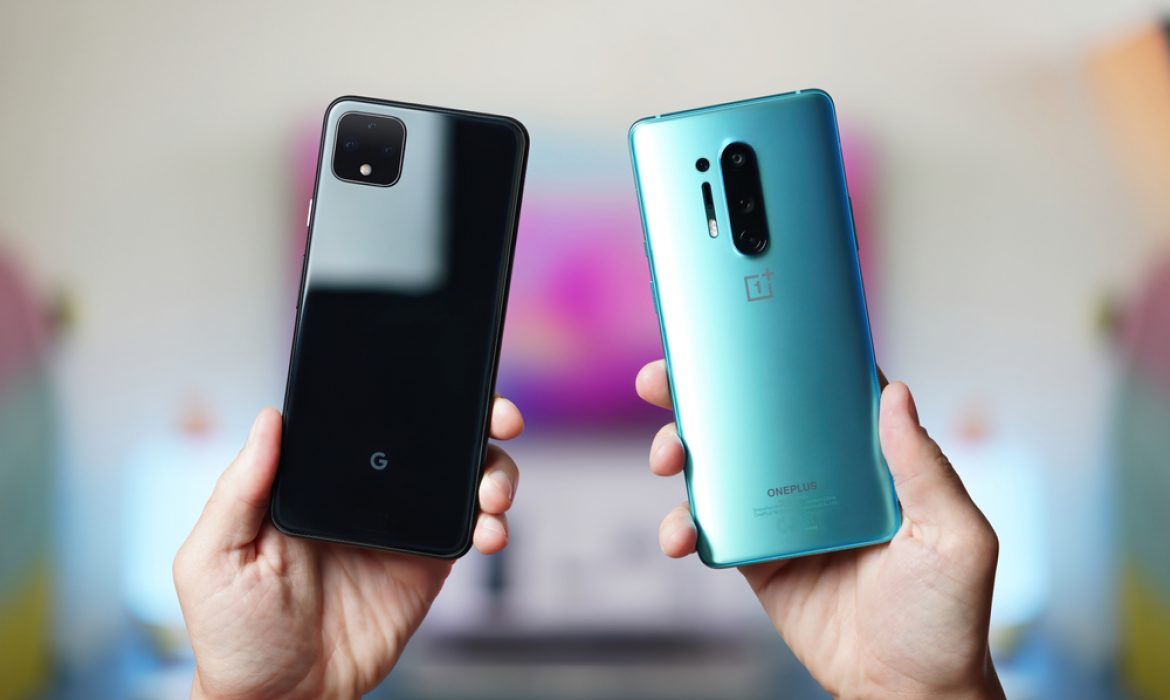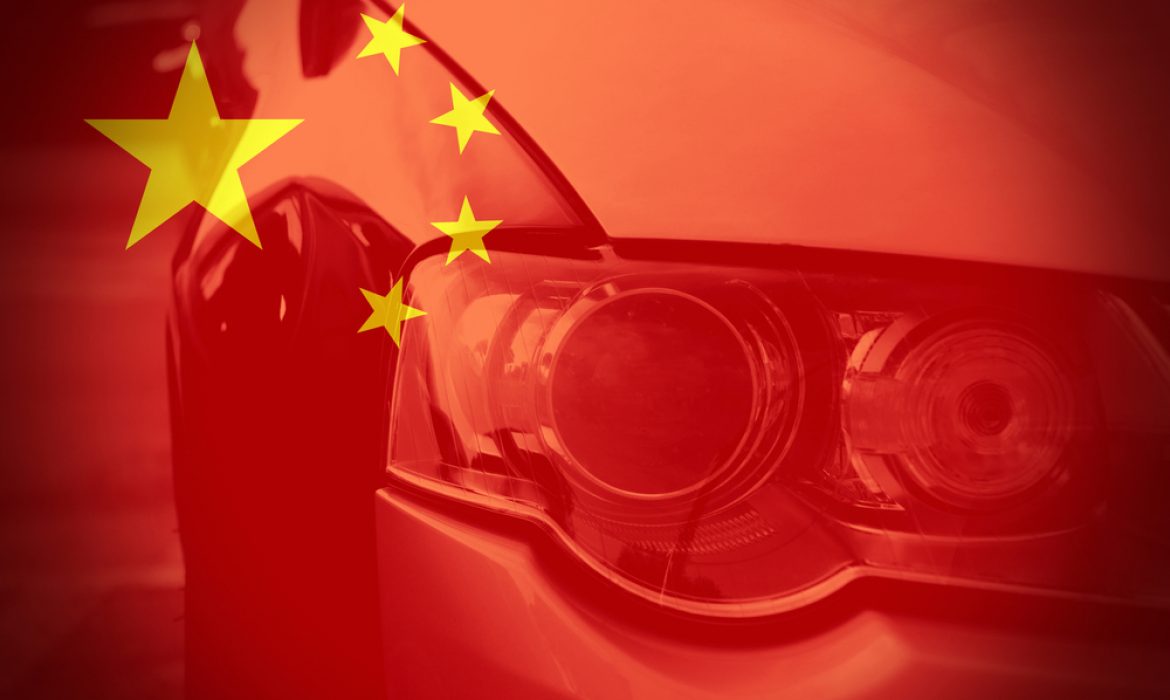Google Unveils Pixel 8 and Pixel 8 Pro: A Leap into the Future of Smartphones
In a grand unveiling, Google has introduced its latest gems to the world: the Pixel 8 and Pixel 8 Pro. These flagship smartphones promise not just a seamless user experience, but a leap into the future of technology, boasting new electronic internals and an astonishing commitment to support – Google pledges a staggering 7 years of Android updates for these devices.
At the heart of these marvels lies the Tensor G3 single-chip platform, a groundbreaking innovation with an unconventional twist – nine cores instead of the traditional eight. This chip, operating at an impressive 2.91GHz, includes a potent Cortex-X3 core, four productive Cortex-A715 cores, and four energy-efficient Cortex-A510 cores, ensuring unparalleled performance. Paired with Mali-G715 for graphics processing, the Pixel 8 series delivers a performance punch like never before.
The Pixel 8 boasts 8GB of RAM and a choice of 128GB or 256GB of flash storage, while its elder sibling, the Pixel 8 Pro, steps it up with 12GB of RAM and options for 128GB, 256GB, or a whopping 512GB of internal storage. While there’s no memory card slot, the ample storage options ensure you never run out of space for your digital life.
Display brilliance graces both models. The Pixel 8 Pro dazzles with a 6.7-inch OLED LTPO panel, delivering QHD+ resolution, a 120Hz refresh rate, and a staggering brightness of up to 2,400 cd/m2. Its younger counterpart, the Pixel 8, flaunts a slightly smaller yet equally impressive 6.2-inch OLED LTPO panel, offering Full HD+ resolution, a 120Hz frequency, and a brightness reaching 2000 cd/m2. Notably, the Pixel 8 is more compact than its predecessor, providing a sleeker and more immersive visual experience.
The photographic capabilities of the Pixel 8 series are nothing short of extraordinary. The Pixel 8 Pro boasts a remarkable triple rear camera setup, featuring a 50MP main sensor with improved image stabilization and f/1.7 aperture optics, a 48MP wide-angle module, and an additional 48MP sensor for a telephoto lens with five times optical zoom. With support for 30x Super-Res digital zoom and phase autofocus across all three lenses, the Pixel 8 Pro ensures every shot is a masterpiece. The front camera, powered by a 10.5MP sensor with autofocus, captures stunning selfies with remarkable clarity.
The Pixel 8, although slightly scaled down, impresses with a new 12MP wide-angle camera, bolstered by autofocus and macro support, complemented by a 50MP main camera with 8x Super-Res digital zoom. While it may lack the telephoto lens, its photo quality remains outstanding. The selfie game is elevated with its new 10.5MP front camera, promising crystal-clear self-portraits.
What truly sets these smartphones apart are their built-in AI-based photo features. From Photo Unblur to sharpen blurry photos to Magic Editor for effortless photo editing, Google has crafted a suite of tools that redefine smartphone photography. Best Take allows seamless face replacements, while Macro Focus enhances macro shots, and Zoom Enhance improves zoomed-in photos. The Pixel 8 Pro introduces Pro Controls, offering advanced manual camera settings, giving users unprecedented control over their photography. Additionally, both models feature free VPN from Google One, ensuring enhanced security and privacy.
Beyond photography, Google has amplified the intelligence of its devices. The Google Assistant receives a significant upgrade, demonstrating improved speech recognition and translation capabilities. The keyboard, too, integrates AI, swiftly eliminating typos and grammatical errors with a single tap, enhancing the overall user experience.
Moreover, these devices mark a significant departure from the norm in terms of support. Google’s promise of Android updates for 7 years ensures that your investment in a Pixel 8 smartphone is not just a short-term affair but a long-term commitment to cutting-edge technology.
The Pixel 8, priced at $699 in the US or €799 in Europe, and the Pixel 8 Pro, retailing at $999 and €1,099, are now available for pre-orders, with sales commencing next week. As an added incentive, Pixel 8 buyers will receive Pixel Buds Pro headphones, while Pixel 8 Pro buyers will enjoy the coveted Pixel Watch 2. With these devices, Google has once again raised the bar, offering not just smartphones but gateways to a smarter, more intuitive future.
EU Investigates Chinese Electric Cars: A Game of Economic Chess
In a bold move, European Commission President Ursula von der Leyen has announced an “anti-subsidy investigation into electric cars from China,” marking a significant chapter in global trade dynamics. The rise of Chinese electric cars, exemplified by brands like MG, BYD, and Nio, has sent ripples through the European automotive industry, which contributes over 6% to the EU’s employment.
This inquiry, spurred by concerns about the impact of Chinese electric cars on Europe’s economy, particularly its automobile sector, has raised questions and concerns. China’s electric vehicles have flooded world markets, their prices artificially lowered by substantial government subsidies, raising fears of unfair competition.
If the investigation reveals an unfair advantage, European officials might impose higher import duties on Chinese electric cars. However, this move is not without complexity. Many European automakers have significant investments in China, with joint ventures between European and Chinese companies forming a substantial part of China’s electric car exports. Consequently, imposing tariffs on Chinese cars could indirectly affect European brands deeply rooted in the Chinese market.
Moreover, this investigation signifies a political turning point. Europe, traditionally more lenient toward Chinese companies than the US, is now adopting a more assertive stance, reflecting a shift in political sentiment toward China.
Interestingly, this development might serve as an invitation for Chinese companies to establish production facilities within European countries. Some Chinese firms are already exploring the possibility of building factories in Europe, not only showcasing their commitment to local employment and taxation but also strategically maneuvering to evade potential tariff fluctuations.
The investigation into Chinese electric cars represents more than just a regulatory measure; it’s a strategic move in the complex game of global economics, where the outcome could reshape the dynamics of the automotive industry and set the tone for future international trade relations. As Europe makes its move, the chessboard of global commerce becomes even more intricate, with consequences that stretch far beyond the realms of mere tariffs and subsidies. It’s a pivotal moment in the world of business and geopolitics, one that could redefine the rules of engagement for years to come.



